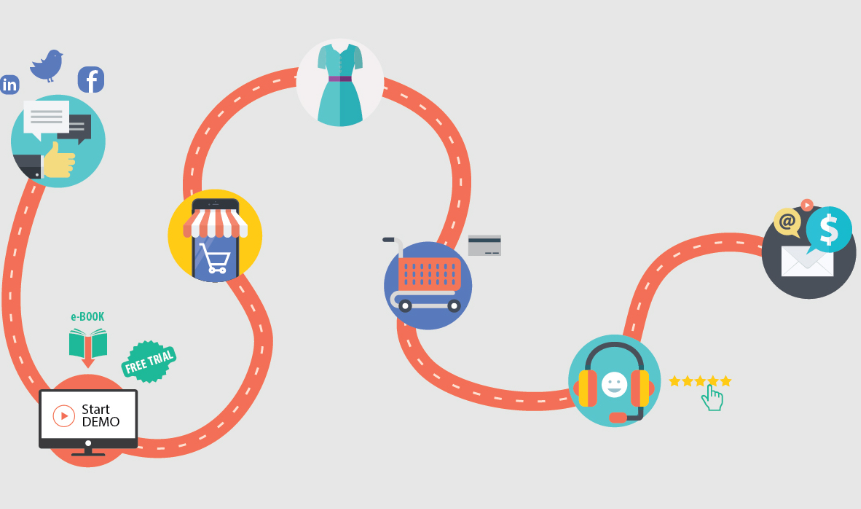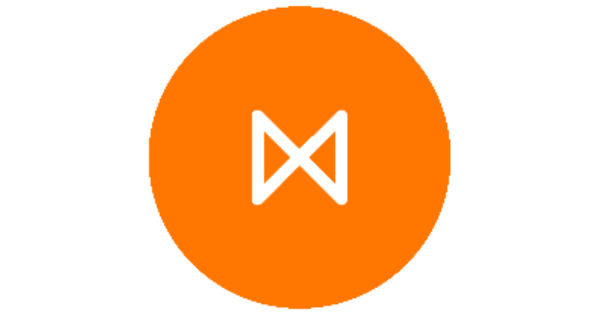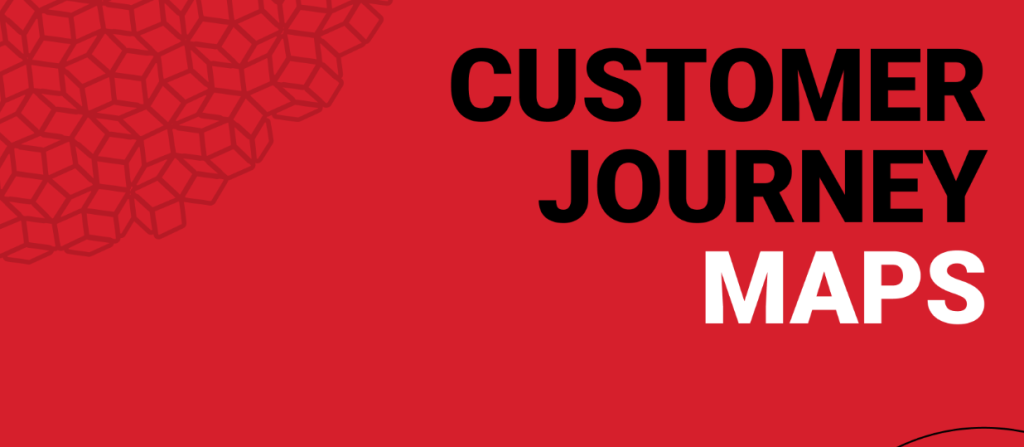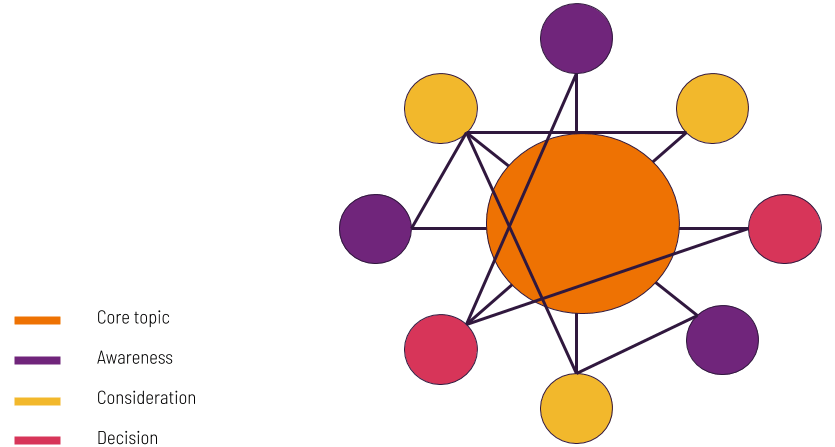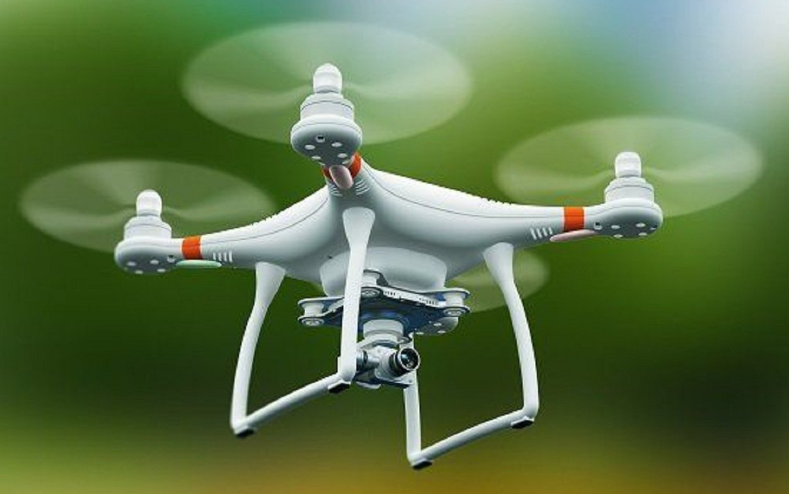What if you had all the content your users needed to make a purchase decision? Well, now you can. In this article, we’re going to find out how to use user journey maps to map content to user intent across your entire user journey and awareness funnel.
Customer journey maps have a deep impact on the ROI of your marketing strategy. According to research from Aberdeen Group, companies that manage their customer journey map have a 54% bigger ROI on their marketing spend, 18 times faster sales cycle on average, and 56% more revenue from up-selling and cross-selling. And all because they understood their customers better.
Now it’s the time to finally put all our research and insights to good use. With all of the information you now have, you can make research-supported decisions on:
Provide the content your users need, when they need it
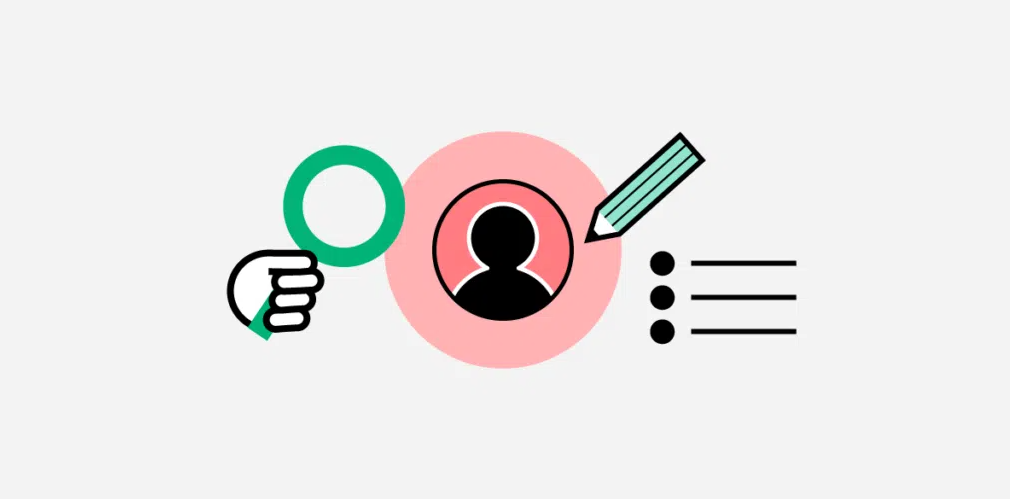
- A user journey map can visualize any process. It’s most frequently used to map the journey to conversion: the steps most users take before making a purchase decision. But it could also be used to map micro-conversions, like newsletter signups or social shares. It could be used also to map actions the user takes in your app, so you can optimize it.
- The user journey map is designed from the point of view of the user. A marketing funnel uses your taxonomy to define each stage. In a customer journey map you take the opposite view. This also means you need to conduct research to obtain the data needed to build a user journey map. Quantitative data can be useful, but you need qualitative research to paint the full picture. This means interviewing users, conducting focus groups, and using other qualitative research tools. However, only 42% of B2B marketers are actually talking to customers to understand their content needs.
A blueprint for a user journey map
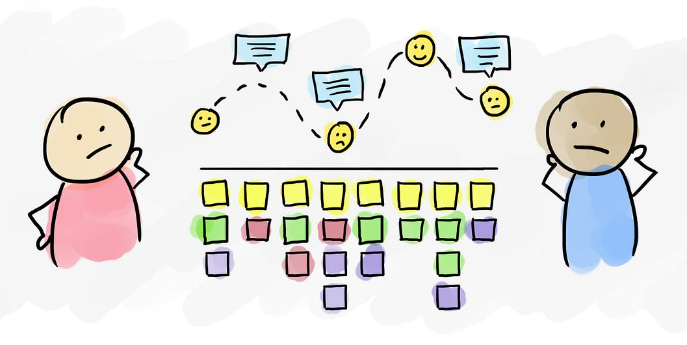
- The user persona. The customer journey map is built from the actor’s point of view. This is crucial, as it’s this perspective that will allow you to extract the insights to align your content to their expectations. This also means that you will need as many user journey maps as user personas.
- The situation the user is in, and their expectations. Here you have to define, based on your user persona, what they want to achieve, and how they expect to achieve it. This could be to find a solution to a problem that you solved with your services or a need that you meet with your product.
- The stages of the journey. They can differ greatly depending on what situation you are mapping. For most purchase decisions the stages could be divided into:
- Discovery: In this stage, the user is researching options to solve their problem.
- Evaluation: Once they have researched possible solutions, they evaluate which one is the most optimal for their needs and budget.
- Decision (purchase): This is the moment the user decides to take the action and converts. Depending on what you assigned as their objective, it could be a purchase a sign-up for a trial, or any other micro-conversion.
- Post-conversion: This is the stage for implementation, support, and nurture.
- Churn: At some point, some of your clients will reduce or stop using your products and services. And of course, you will want to prevent that.
- Actions and thoughts. Not just what they do to achieve their objective, like downloading a case study or requesting a quote, but also their motivations, their questions, and their need for information. The actions can be displayed as a high-level narrative of the events. The thoughts should be extracted and quoted from user research.
- Opportunities. These are the insights you get from mapping the user journey. Touchpoints and interactions that can be improved and optimized. Here you have to ask yourself how to prioritize opportunities and how to measure their improvement.
Use content maps to analyze your content effectiveness
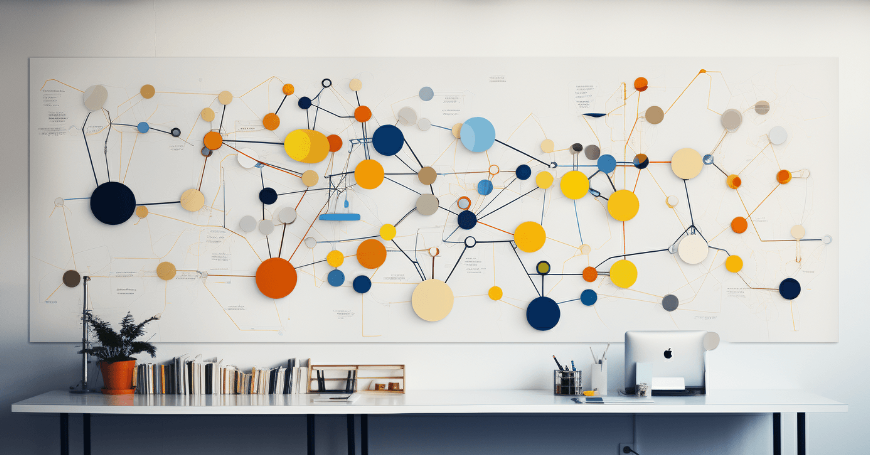
Align your content to your user’s needs
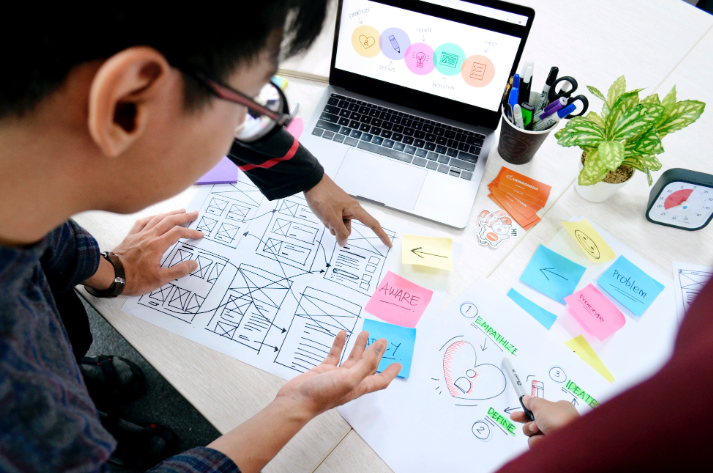
Table of Contents
Toggle- What content you’re missing on your site by journey step and user persona? Using the content map, you can see which content your users were looking for but you haven’t got on your site. This content gap is the first thing you need to address. You can evaluate whether existing content can be repurposed to meet the gap, or whether you need to create it from scratch.
- The second step is to identify the content that you can discard. Any content type that you have with low traction and that does not address a user need can be safely deleted. Trimming down your content has several benefits. First, it reduces the resources needed for content management. But most importantly, content that doesn’t achieve your objectives and doesn’t meet the user’s needs will damage your brand and frustrate users.
- Now you can develop your content strategy fully aligned with your user’s needs and expectations. For each journey step you know what kind of content they are looking for, in which format, and in which channels you have to distribute it to reach them. You will avoid cluttering your site with content nobody wants by having a clear and user-centered set of criteria to evaluate each new content piece. According to The Economist, 71% of B2B buyers said that content that seemed like a sales pitch was the main reason for content making a negative impression.
Benefits of applying user journey maps to content strategy
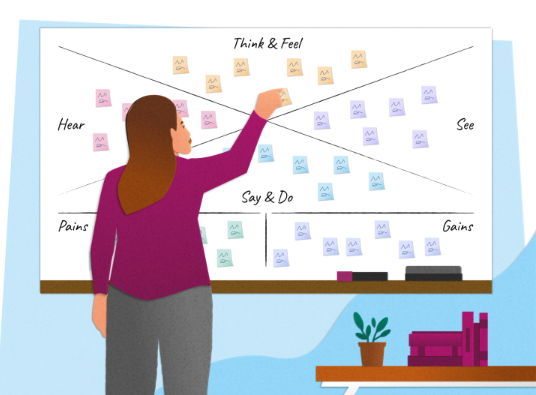
- A significant improvement in content governance and management. You have now data and research to optimize your content investment and identify which content is necessary and which content is only confusing your users. You will probably reduce your content, which will allow you to manage that content more efficiently, keep it updated and relevant.
- At the end of the process, you will have your content aligned to your user’s needs and expectations. You will have shifted your view and become customer-centric in your content production and management. This will allow you to enable and support your users at each step of their journey.
- The result is that you will be able to shorten the time to conversion. As your content is aligned with your user’s needs, they will be able to find what they want at the moment they need. This will allow them to move down the conversion funnel at increased speed. It will also help you differentiate yourself from the competition and increase brand loyalty.
Start creating your user journey map today
